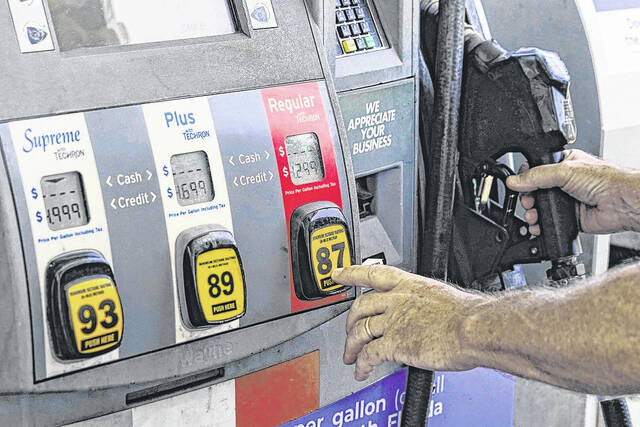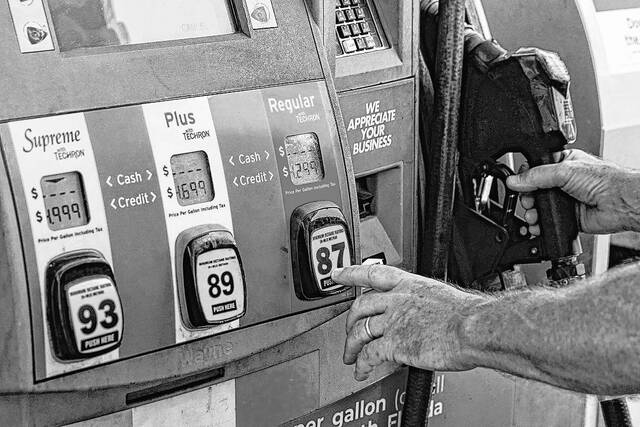ELIZABETHTOWN — Bladen County drivers have seen gas prices trend higher after bottoming out during the holiday season.
However, according to industry experts, the trend of rising prices may be short lived.
For the first time in 2023, the nation’s average gas price has seen a weekly drop, falling 4.4 cents from a week ago to $3.44 per gallon on Sunday according to GasBuddy data compiled from more than 11 million individual price reports covering over 150,000 gas stations across the country.
Bladen County’s average prices typically mirror the national average trend, even as local stations are selling gasoline for several cents lower.
On Monday for instance the national average was up 17.5 cents from a month ago and 1.7 cents per gallon higher than a year ago.
In both Bladen County and Elizabethtown, the average price of a gallon of gas was selling for $3.26 and $3.24, respectively.
“For the first time in 2023, the national average price of gasoline has seen a weekly decline, primarily thanks to a sharp and sudden drop in the price of oil,” said Patrick De Haan, head of petroleum analysis at GasBuddy. “While the decline in both gasoline and diesel prices is terrific, it’s not unusual to see prices falling in February, which tends to be the month with some of the lowest gasoline prices of the year thanks to seasonally weak demand.”
De Haan said that for diesel, drivers will likely see more declines, and potentially much more significant ones in the weeks ahead as imports of distillate have accelerated, leading to a sell-off.
De Haan said that with warmer weather ahead, demand may struggle as well.
“However, especially for gasoline, high levels of coming maintenance and the eventual transition to summer gasoline could lead declines to reverse down the road,” De Haan said. “For now, motorists should enjoy the decline, but be wary as we’re likely to eventually see increases again down the road.”
Likewise, AAA reported on Monday that the national average for a gallon of gas barely budged over the past week, drifting lower by three cents to $3.47.
Last week’s decision by OPEC+ to maintain current production levels and not make any cuts led to lower oil prices, according to a prepared statement released to media outlets.
Friday’s blockbuster U.S. report of 517,000 jobs added in January, which dropped the unemployment rate to a 54-year low of 3.4%, may have the opposite effect on gas prices.
“Keep an eye on the price of oil,” said Andrew Gross, AAA spokesperson, “because oil currently accounts for nearly 60% of what we pay at the pump. And rising or falling oil prices can have a direct impact on motorists’ wallets.”
According to data from the Energy Information Administration (EIA), gas demand rose from 8.14 million to 8.49 million b/d last week. Meanwhile, total domestic gasoline stocks increased by 2.6 million bbl to 234.6 million bbl. Despite rising gas demand, total supply growth has helped limit pump price increases.



